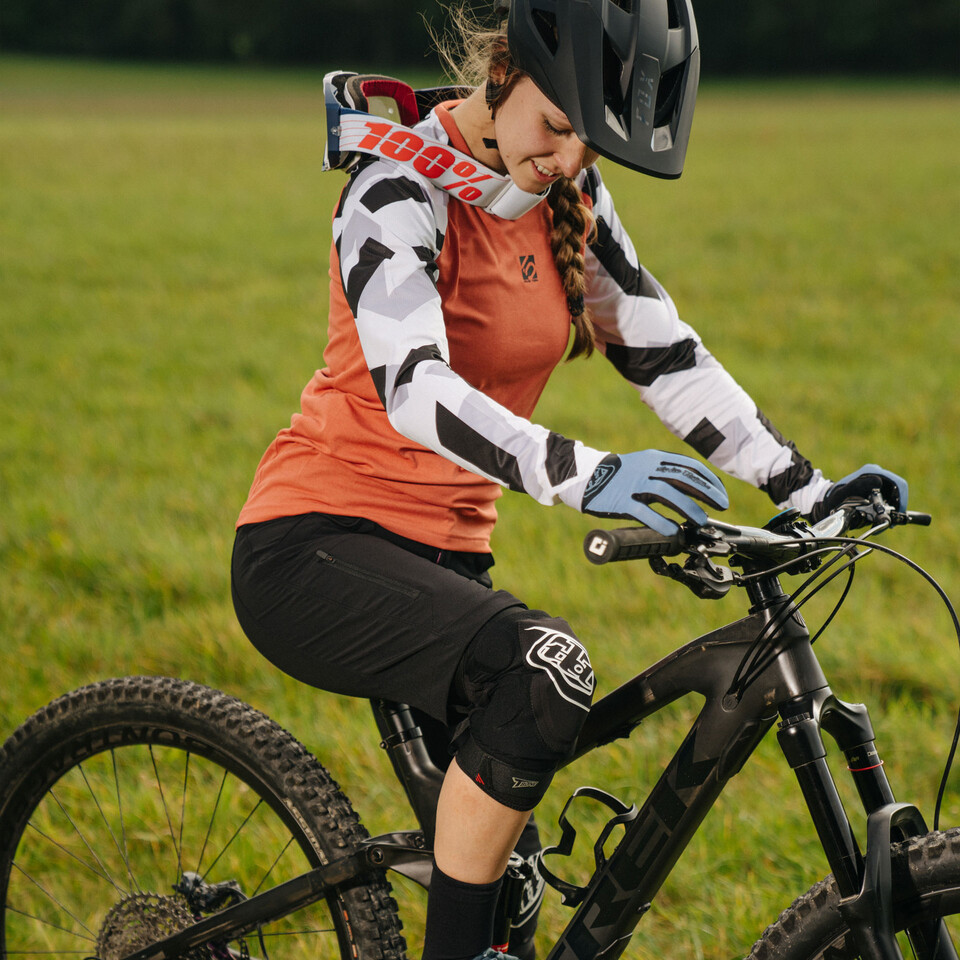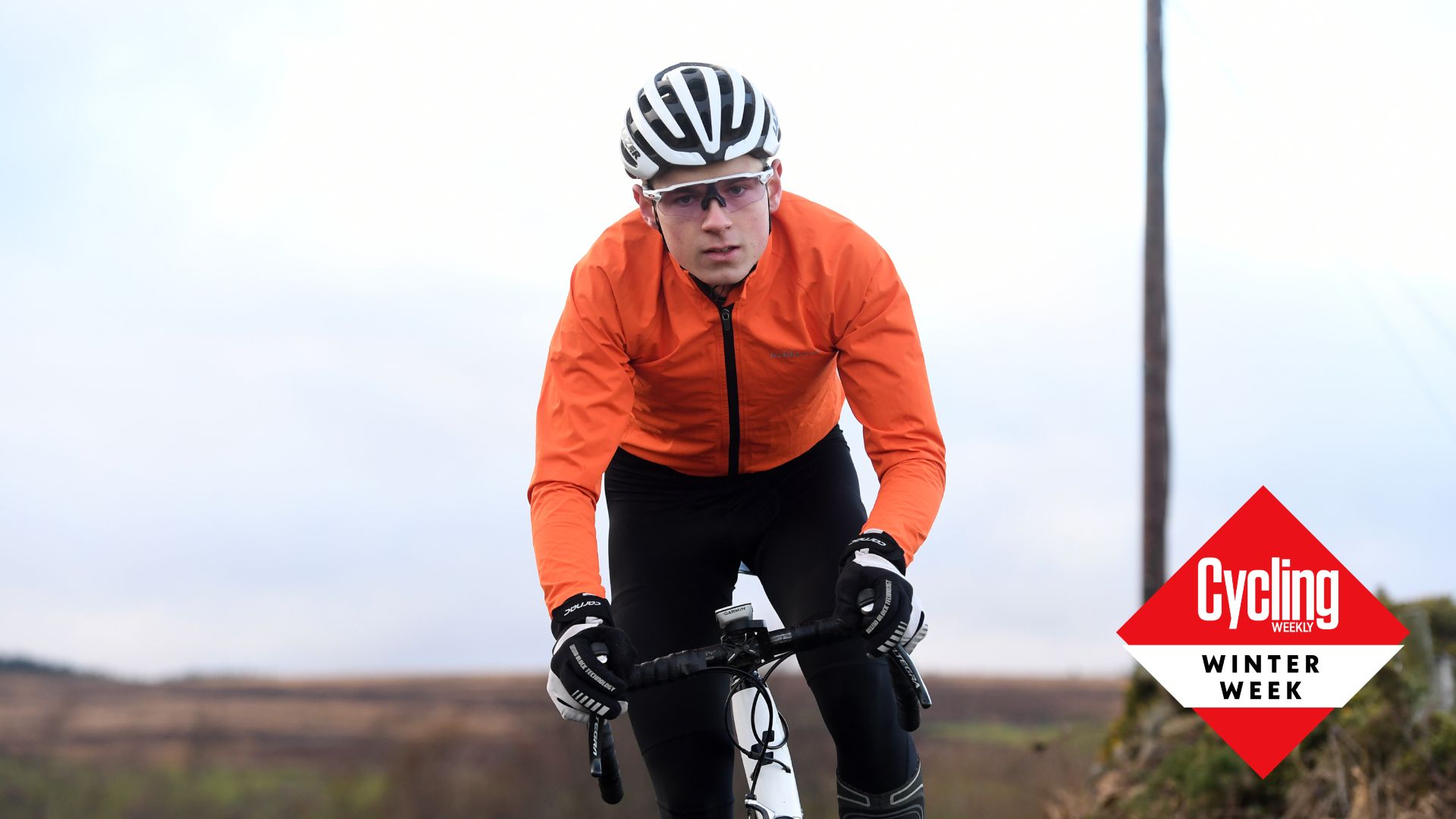The Joy of Winter Mountain Biking: Embracing the Outdoors in Cold Months
Winter mountain biking offers a unique and thrilling experience for cycling enthusiasts who refuse to let the cold weather hinder their passion. The crisp air, snow-covered trails, and the serene beauty of nature create an unforgettable atmosphere for adventure-seekers. However, to fully enjoy this activity, it is crucial to invest in the right winter mountain biking gear. Proper equipment ensures safety, comfort, and warmth, allowing riders to make the most of their time on the trails.
Essential Winter Mountain Biking Gear: A Checklist for a Successful Ride
Embarking on a winter mountain biking adventure requires careful planning and preparation. Equipping yourself with the right winter mountain biking gear is essential to ensure a safe, comfortable, and enjoyable experience. By investing in high-quality clothing, accessories, and bike equipment, you can make the most of your time on the trails, regardless of the weather conditions.
The following checklist covers the essential winter mountain biking gear you need for a successful ride:
- Thermal base layers: Moisture-wicking base layers are crucial for maintaining body temperature and preventing sweat buildup.
- Insulated mid-layers: Fleece or down jackets provide additional warmth and insulation, trapping heat close to your body.
- Waterproof and windproof outer layers: A high-quality, breathable waterproof jacket and pants will protect you from snow, rain, and wind.
- Insulated gloves: Cold hands can quickly ruin a ride, so invest in insulated, waterproof gloves to keep your fingers warm and dry.
- Winter cycling shoes or overshoes: Keep your feet warm with insulated winter cycling shoes or waterproof overshoes that fit over your regular cycling shoes.
- Thermal hat or headband: A thermal hat or headband will help prevent heat loss through your head, keeping you warm and comfortable.
- High-quality bike lights: Winter days are shorter, and trails can be darker, so invest in bright, reliable bike lights to ensure visibility and safety.
- Reflective gear: Reflective clothing or accessories will enhance your visibility to other riders, pedestrians, and vehicles.
- Studded tires: Specialized winter mountain biking tires with studs offer superior traction on icy or slippery surfaces.
- Fenders: Fenders protect you and your bike from mud, snow, and water, keeping your gear clean and functional.
- Chain lubricant: Winter conditions can be tough on bike chains, so use a high-quality lubricant to prevent rust and maintain smooth operation.
Stay Warm and Dry: Investing in Quality Winter Cycling Apparel
Winter cycling apparel plays a crucial role in maintaining your body temperature and ensuring a comfortable ride in cold conditions. Layering, moisture-wicking fabrics, and insulation are essential components of effective winter cycling clothing. By investing in high-quality winter mountain biking gear, you can stay warm, dry, and focused on the trails.
Here are some specific products to consider:
- Thermal bib tights: Thermal bib tights provide insulation and warmth for your legs while wicking away moisture. Look for options with windproof panels and a comfortable chamois for long-term comfort.
- Waterproof jackets: A breathable, waterproof jacket is vital for protecting you from snow, rain, and wind. Choose a jacket with adjustable cuffs, a hem, and a high collar to prevent heat loss and keep the elements out.
- Insulated gloves: Cold hands can quickly become uncomfortable, so invest in insulated, waterproof gloves to keep your fingers warm and dry. Look for options with a grippy palm for better bike control.
- Thermal hats or headbands: A thermal hat or headband will help prevent heat loss through your head, keeping you warm and comfortable. Choose options that fit comfortably under your helmet and wick away moisture.
- Baselayers: Thermal baselayers made of moisture-wicking fabrics, such as wool or synthetic materials, will help regulate your body temperature and keep you dry. Opt for long-sleeved tops and tights for full-body coverage.
- Mid-layers: Fleece or down jackets provide additional warmth and insulation, trapping heat close to your body. Look for options that are lightweight, packable, and breathable.
- Socks: Insulated, moisture-wicking socks will keep your feet warm and dry. Choose options that fit comfortably in your cycling shoes and provide adequate cushioning.
Brighten Up Your Ride: Essential Winter Mountain Biking Lights
As daylight hours dwindle during winter months, visibility becomes a significant concern for winter mountain bikers. Investing in high-quality bike lights and reflective gear is crucial for ensuring safety and confidence on the trails. By illuminating your path and making yourself visible to others, you can enjoy your winter rides to the fullest.
Here are some specific products to consider:
- LED headlights: A powerful LED headlight is essential for lighting up the trail ahead. Look for options with adjustable brightness levels and long battery life. Some headlights can be mounted on helmets for better illumination.
- Taillights: A bright taillight is vital for making your presence known to other trail users and vehicles. Choose options with multiple flash modes and long battery life. Some taillights can be mounted on seatposts or seatstays for optimal visibility.
- Spoke lights: Spoke lights add an extra layer of visibility by creating a glowing rim effect around your wheels. These lights are available in various colors and can be battery-powered or rechargeable.
- Reflective gear: Reflective clothing, accessories, and decals can significantly enhance your visibility in low-light conditions. Look for options that are easy to attach to your bike, helmet, or clothing.
Protect Your Extremities: Winter Cycling Gloves, Shoes, and Hats
Protecting your hands, feet, and head is crucial when winter mountain biking, as these extremities are particularly susceptible to cold temperatures. Investing in high-quality winter cycling gloves, shoes, and hats will help maintain your comfort and performance on the trails. Here are some specific products to consider:
- Insulated gloves: Cold hands can quickly become uncomfortable and affect your bike control. Look for insulated gloves with a waterproof membrane and a grippy palm for better bike control. Some options also include touchscreen compatibility for using your smartphone or GPS device.
- Waterproof shoes: Winter cycling shoes or overshoes should be insulated and waterproof to keep your feet warm and dry. Choose options with adjustable closures for a snug fit and adequate ventilation to prevent overheating.
- Thermal hats or headbands: A thermal hat or headband will help prevent heat loss through your head, keeping you warm and comfortable. Look for options that fit comfortably under your helmet and wick away moisture.
- Balaclavas: A balaclava is a versatile piece of headwear that covers your head, neck, and face, providing insulation and protection from wind and cold. Some balaclavas are made of moisture-wicking fabrics and can be worn under a helmet.
Maintaining Your Bike: Winter Mountain Biking Tires and Accessories
Winter conditions can be tough on your bike, so investing in high-quality winter mountain biking tires and accessories is crucial for maintaining performance and longevity. Here are some specific products to consider:
- Studded tires: Studded tires provide superior traction on icy or slippery surfaces. These tires feature metal studs that dig into the snow and ice, ensuring better grip and control. Look for options with adjustable stud quantities, as fewer studs may be sufficient for packed snow or softer ice.
- Fenders: Fenders protect you and your bike from mud, snow, and water, keeping your gear clean and functional. Choose options that are lightweight, durable, and easy to install. Some fenders are designed specifically for mountain bikes and can accommodate wider tires.
- Chain lubricants: Winter conditions can be tough on bike chains, so use a high-quality lubricant to prevent rust and maintain smooth operation. Look for options that are specifically designed for winter conditions and can withstand wet, muddy, or icy environments.
- Derailleur guards: Derailleur guards protect your bike’s derailleur from damage caused by snow, ice, or debris. These guards are easy to install and can help prevent costly repairs or replacements.
- Bike maintenance tools: Regular bike maintenance is essential in winter conditions. Invest in high-quality bike maintenance tools, such as a portable bike stand, multi-tool, and chain cleaner, to ensure your bike stays in top shape.
Stay Safe and Visible: Winter Mountain Biking Lights and Reflective Gear
Safety and visibility are paramount when winter mountain biking, as daylight hours are shorter, and weather conditions can reduce visibility. Investing in high-quality bike lights and reflective gear will help ensure that you are seen by other trail users and vehicles. Here are some specific products to consider:
- LED headlights: A high-quality LED headlight is essential for illuminating the trail ahead and ensuring that you can see obstacles and changes in terrain. Look for options with adjustable brightness levels, long battery life, and durable construction. Some headlights can be mounted on helmets for better visibility.
- Taillights: A bright taillight is crucial for making your presence known to other trail users and vehicles. Choose options with multiple flash modes, long battery life, and durable construction. Some taillights can be mounted on seatposts or seatstays for optimal visibility.
- Reflective gear: Reflective clothing, accessories, and decals can significantly enhance your visibility in low-light conditions. Look for options that are easy to attach to your bike, helmet, or clothing. Reflective vests, armbands, and ankle bands are also great options for added visibility.
- Helmets with integrated lights: Some helmets come with integrated lights, providing an all-in-one solution for safety and visibility. These helmets often include both a headlight and taillight, ensuring that you are seen from all angles.
Additional Considerations: Winter Mountain Biking Nutrition and Hydration
Proper nutrition and hydration are essential for any outdoor activity, and winter mountain biking is no exception. The cold weather and physical exertion can increase your energy needs and fluid loss, making it crucial to plan your meals and snacks accordingly. Here are some specific products and tips to consider:
- High-energy snacks: Carry high-energy snacks, such as energy bars, gels, or dried fruit, to keep your energy levels up during long rides. Look for options that are easy to consume on the go and provide a quick energy boost.
- Warm drinks: Staying hydrated is just as important in cold weather as it is in hot weather. Consider bringing a thermos filled with a warm drink, such as tea, hot chocolate, or a sports drink, to help maintain your fluid intake and body temperature.
- Electrolytes: Cold weather can increase your sweat rate, leading to an electrolyte imbalance. Consider using electrolyte supplements or sports drinks to help replenish lost electrolytes and maintain proper hydration.
- Pre-ride meals: Eating a balanced meal before your ride can help ensure that you have enough energy to sustain your efforts. Opt for carbohydrate-rich foods, such as whole grains, fruits, or vegetables, and consider adding some protein to help repair and build muscle tissue.
- Post-ride meals: After your ride, refuel with a balanced meal that includes carbohydrates, protein, and healthy fats. This will help replenish your energy stores, repair muscle tissue, and support overall recovery.








